OLYMPIA…Sen. Brad Hawkins wants the agency in charge of public lands to assess the health of state-owned forests and come up with a 16-year treatment plan that could include prescribed fire and thinning. Hawkins’ proposal is laid out in Senate Bill 5546, which will come before the Senate Natural Resources and Parks Committee for a hearing on Feb. 9.
“This is directly in response to the ‘megafires’ that hit our part of the state so hard in 2014 and 2015 and the community conversation they have generated,” said Hawkins, the committee’s vice chair, who serves much of north central Washington. “It’s going to take years to bring the forests back to health in areas where they are prone to massive, complex fires, and the work needs to start now in a long-term, coordinated fashion.
“My bill is not only about coming up with a game plan but also putting it into effect. The sooner we can identify and treat areas that are at particular risk of becoming the site of the next megafire, the better.”
Hawkins’ committee has scheduled a work session for 1:30 p.m. Feb. 9 that will feature the “Era of MegaFires” presentation, produced by the Wenatchee-based Wildfire Project. A public hearing on SB 5546 will follow the work session, Hawkins said. “I can’t wait for the committee to get a glimpse of the important work being done back home, and I appreciate that my bill hearing will follow.”
“This bill is inspired by things I’ve learned by attending the Era of MegaFires presentations and my discussions with other stakeholders, including the Department of Natural Resources, the Nature Conservancy, private landowners, and others,” he explained. “I think the bill has a very good chance of moving forward, seeing that four of the five members of our committee are sponsors.”
Hawkins wants a policy change that is achievable for DNR and lays the groundwork for future policy improvements.
“This legislation would establish a new level of cooperation between DNR and the Legislature. The agency will do the forest-health assessment, set goals for treatment, create a framework for completing the work, and keep us regularly informed about what’s been treated and what lies ahead. The Legislature’s part is to keep the necessary funding coming, so we can keep moving ahead together.”










